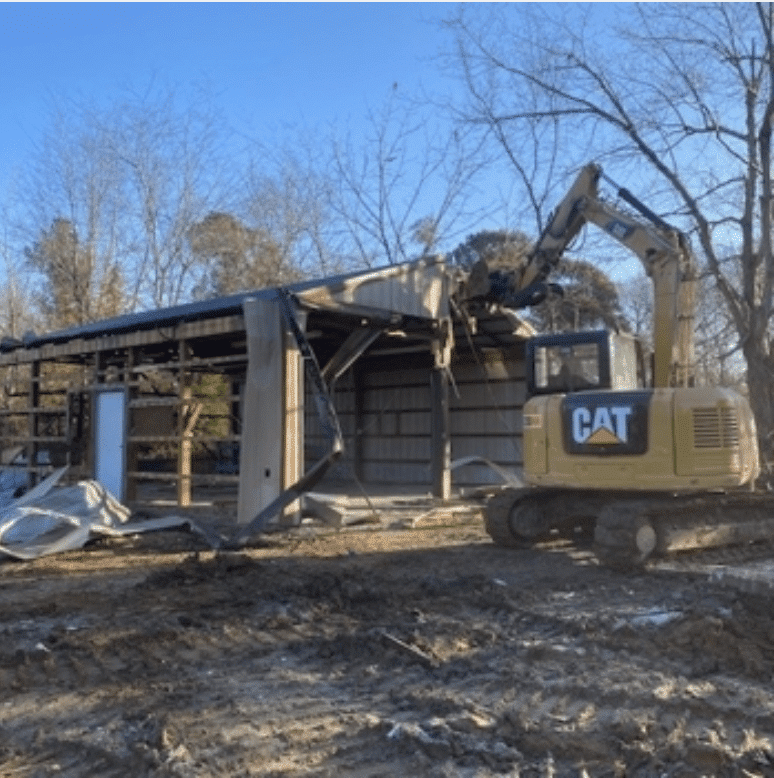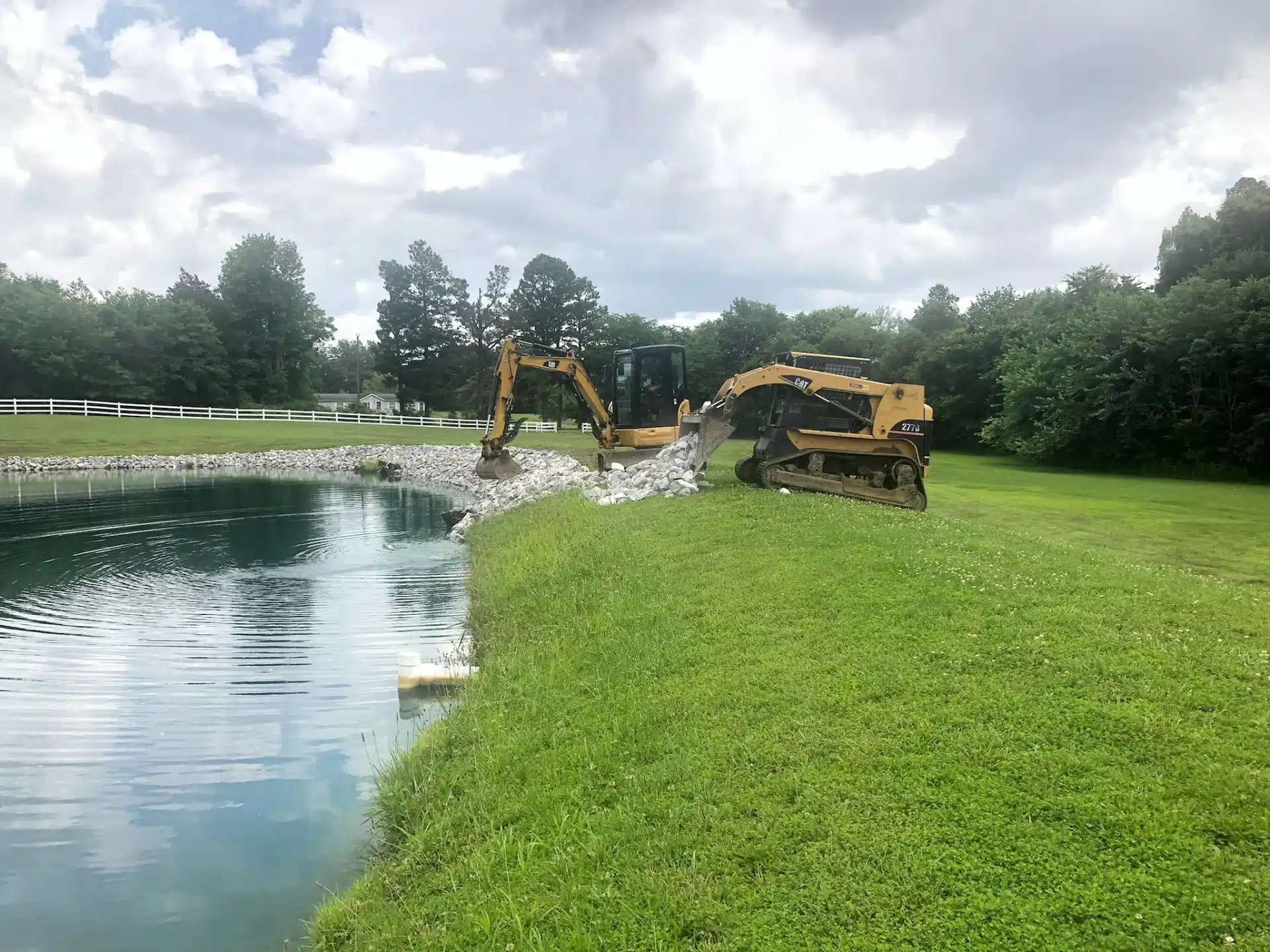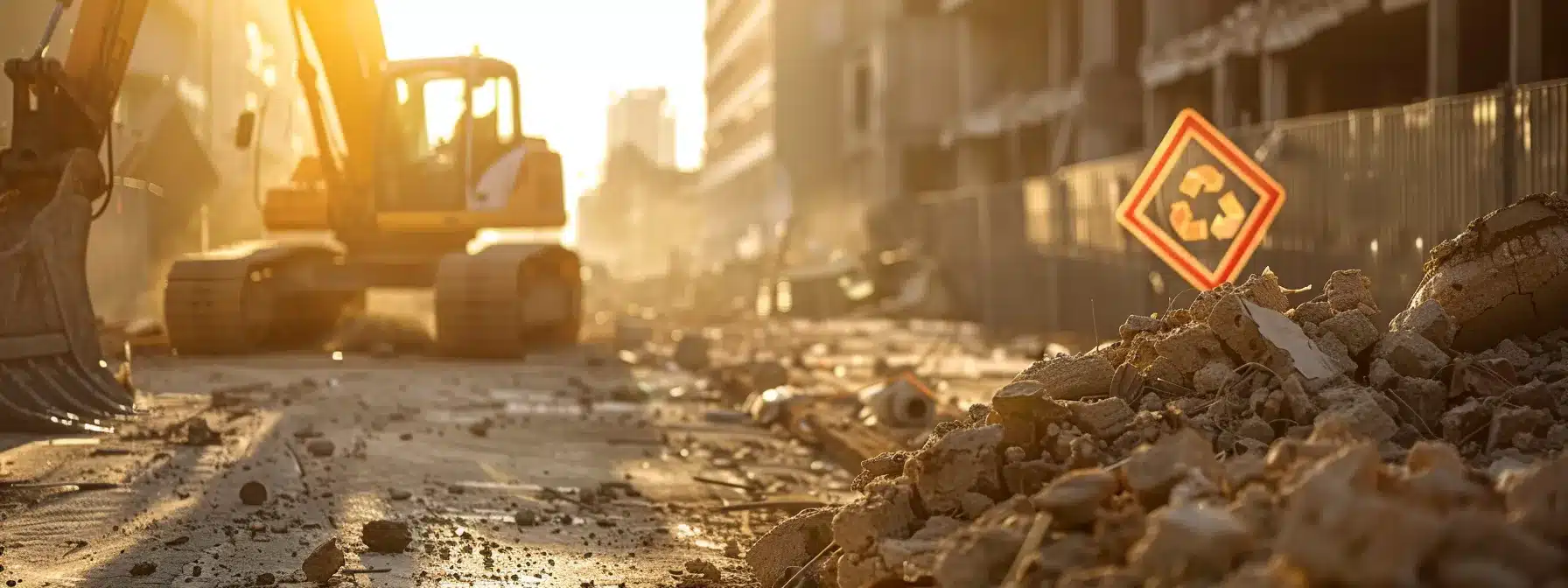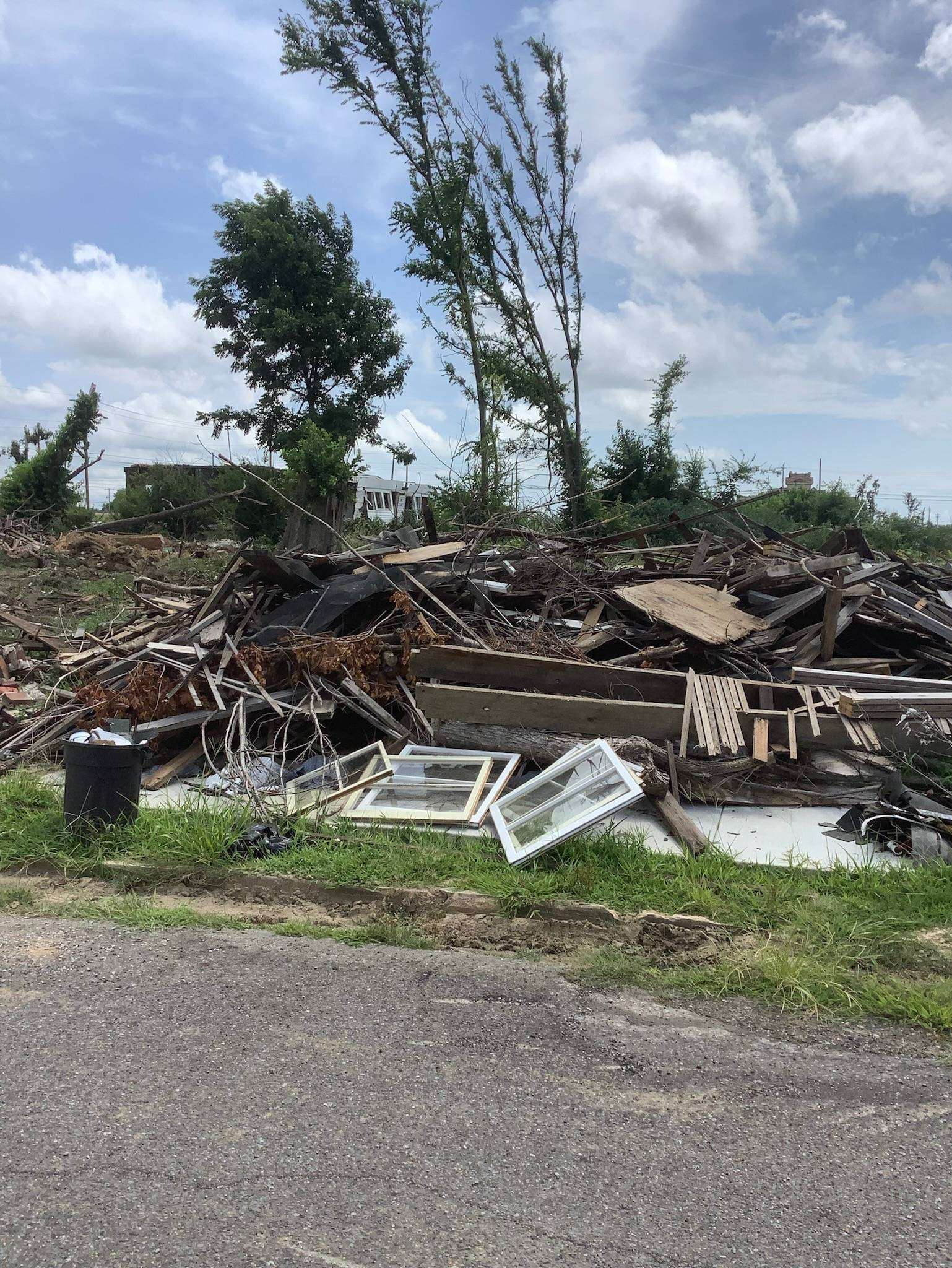Excavation equipment plays a crucial role in various construction and excavation projects, offering efficient solutions for digging, trenching, and material handling.
In this comprehensive guide, we will explore the different types of excavation equipment, including backhoe loaders, bulldozers, hydraulic excavators, and more. We will also discuss the various uses of this equipment, such as demolition, lifting, and landscaping.
We will provide important safety measures to ensure the proper use of excavation equipment. Stay tuned to learn more about these essential tools in the construction industry.
Summary of Key Points:
- Excavation equipment is used for digging, lifting, and handling materials on construction sites.
- There are various types of excavation equipment, including backhoe loaders, hydraulic excavators, and dump trucks.
- Safety measures should always be followed when operating excavation equipment to prevent accidents and ensure a safe work environment.
What is Excavation Equipment?
Excavation equipment, such as excavators, plays a vital role in construction projects, especially for projects involving bridges and infrastructure. These equipment are crucial for efficient project completion and are often used in conjunction with expedited permitting processes.
Regarding bridge construction, the use of excavation equipment becomes even more critical due to the intricate nature of building a sturdy and safe structure. Excavators allow workers to dig deep foundations, clear out debris, and shape the landscape according to engineering specifications. Infrastructure development also heavily relies on these powerful machines to pave the way for roads, utilities, and other essential facilities.
One of the key factors that drive the demand for efficient excavation equipment is the need for expedited permitting processes. With faster approvals and less bureaucratic red tape, construction companies can deploy their machinery without unnecessary delays. This streamlined approach not only saves time but also ensures that projects are completed on schedule, benefiting both the builders and the communities that will benefit from the new infrastructure.
What Are the Different Types of Excavation Equipment?
Excavation equipment comes in various types, each serving specific purposes in construction projects. From backhoe loaders to dragline excavators, understanding the different equipment types is essential for project success.
Backhoe Loaders
Backhoe loaders are versatile excavation equipment commonly used in construction projects for tasks such as digging, trenching, and material handling. Their adaptability and efficiency make them critical on job sites.
One key feature of backhoe loaders is their ability to perform multiple functions with just one machine, saving space and costs on-site. For instance, in urban construction projects, backhoe loaders are essential for their compact size and maneuverability in tight spaces, where larger equipment cannot access. They excel in digging foundations, trenching for utilities, and loading and unloading materials effectively.
In road construction projects, backhoe loaders play a crucial role in excavating, backfilling, and road maintenance tasks, streamlining operations and ensuring project timelines are met efficiently.
Bulldozers
Bulldozers are robust excavation equipment known for their pushing and grading capabilities in construction projects. Their power and precision make them ideal for tasks requiring earth-moving and leveling.
One of the key features of bulldozers is their heavy-duty construction, which allows them to tackle tough terrain with ease. Equipped with a large metal plate at the front, bulldozers exert immense force to push and move large quantities of soil, gravel, or debris.
Bulldozers come with various blade types, such as straight blades for fine grading and universal blades for heavy-duty pushing. This versatility enables them to adapt to different project requirements, ensuring efficient completion.
Hydraulic Excavators
Hydraulic excavators are essential excavation equipment powered by hydraulic systems, offering precise digging and lifting capabilities on job sites. Their versatility and power make them critical for various construction tasks.
One of the key advantages of hydraulic excavators lies in their ability to provide precision in excavation work, allowing construction professionals to achieve accuracy in digging, trenching, and material handling tasks. The hydraulic systems in these excavators enable smooth and controlled movements, enhancing the overall efficiency of construction projects.
The powerful performance of hydraulic excavators ensures that they can handle heavy loads with ease, making them ideal for tasks involving excavation, demolition, and material placement. This power combined with precision not only speeds up construction processes but also minimizes the risk of errors, ultimately contributing to cost-effective and timely project completion.
Skid Steer Loaders
Skid steer loaders are compact and agile excavation equipment suitable for confined spaces and versatile tasks. Their maneuverability and attachment options make them valuable assets on construction sites.
Due to their small size, skid steer loaders can easily navigate through tight spaces and narrow alleyways where larger machinery can’t reach. The ability to operate efficiently in constrained areas contributes significantly to project timelines and overall productivity. These loaders are equipped with a wide range of attachments, such as buckets, forks, and hydraulic breakers, enabling them to perform various tasks like digging, lifting, and demolishing with ease.
The versatility of skid steer loaders allows contractors to accomplish multiple job requirements with a single machine, reducing the need for additional equipment rentals and enhancing cost-effectiveness. Their quick attachment swapping feature enables operators to switch between tasks swiftly, optimizing workflow and minimizing downtime on site.
Trenchers
Trenchers are specialized excavation equipment designed for digging narrow and deep trenches in construction projects.
Their efficiency in trenching tasks helps streamline utilities and infrastructure installations. Trenchers come in various types such as chain, wheel, and rock trenchers, each suited for different soil conditions and depth requirements. Manufacturers like Ditch Witch, Vermeer, and Caterpillar produce high-quality trenchers with advanced features like automatic grade control and enhanced operator safety measures. These machines are crucial for laying pipelines, electrical cables, and drainage systems with precision and speed.
Dump Trucks
Dump trucks are essential excavation equipment for transporting materials and debris on job sites. Their capacity and efficiency in material handling contribute to streamlined construction operations.
These trucks come in various sizes, from small dump trucks suitable for residential projects to massive off-road dump trucks for large-scale construction sites. The versatility of dump trucks allows for the swift removal of earth, rocks, gravel, and other materials, helping maintain a clean and organized work environment.
With their hydraulic mechanisms, dump trucks can easily unload their contents at precise locations, saving time and effort in material transfer. This capability enhances job site logistics by ensuring materials are delivered efficiently, reducing downtime and boosting project productivity in a cost-effective manner.
Motor Graders
Motor graders are precision excavation equipment used for grading and leveling surfaces in construction projects. Their accuracy and control capabilities ensure smooth and even surfaces for infrastructure development.
These powerful machines are equipped with sophisticated technologies such as laser-guided systems and GPS for precise grading operations. Motor graders play a crucial role in creating the foundational base for road construction, ensuring proper water drainage and structural integrity. With their ability to fine-tune surface slopes and grades, they facilitate the laying of asphalt or concrete with precision. Contractors rely on motor graders to achieve optimal results in preparing construction sites, enhancing safety, efficiency, and quality in the project completion process.
Wheel Loaders
Wheel loaders are versatile excavation equipment with bucket attachments for material loading and transport tasks. Their mobility and lifting capabilities make them valuable assets in construction projects.
These heavy-duty machines come in various sizes and configurations to suit different job site requirements. From compact wheel loaders for tight spaces to larger models for substantial material handling, there is a
- diverse range of options available to meet project needs.
Equipped with powerful engines and hydraulic systems, they can efficiently scoop and transport gravel, soil, sand, and other materials with ease. With features like quick couplers and versatile bucket designs, wheel loaders offer quick and flexible attachment changes, enhancing productivity on-site.
Draglines
Draglines are heavy-duty excavation equipment with a long reach and lifting capacity for deep excavation tasks in construction projects. Their strength and reach make them ideal for large-scale earth-moving operations.
These massive machines are equipped with a boom and bucket connected to ropes or chains, allowing them to dig deep into the earth and remove vast quantities of material with remarkable precision. The impressive lifting capacity of draglines enables them to handle heavy loads, ranging from soil and rocks to debris and other materials. Draglines play a crucial role in enhancing construction efficiency and productivity by efficiently moving huge volumes of earth and materials, streamlining the excavation process for large projects.
Dragline Excavators
Dragline excavators are specialized equipment with a bucket system for excavation and material handling in construction projects. Their unique design and efficiency make them valuable assets for large-scale earth-moving tasks.
One key advantage of dragline excavators is their ability to excavate materials from deep levels, reaching depths beyond traditional equipment capabilities. The long reach of their boom allows them to operate in large open-pit mining operations efficiently. Moreover, manufacturers such as Komatsu and Caterpillar have developed innovative features like smart technologies and GPS systems to enhance the precision and productivity of these machines.
The high capacity of dragline excavators enables them to handle massive amounts of material with minimal effort, reducing both time and labor costs. Their versatility in handling different types of material, whether it’s removing overburden in mining operations or dredging in water bodies, makes them critical in various industries.
What Are the Uses of Excavation Equipment?
Excavation equipment serves a variety of essential purposes in construction projects, including digging, trenching, demolition, material handling, and landscaping. Understanding these diverse uses is crucial for efficient project execution.
Digging and Trenching
Excavation equipment plays a fundamental role in digging and trenching tasks during construction projects. These activities are crucial for laying foundations, installing utilities, and creating pathways for various infrastructure components.
Excavation equipment comes in various forms to cater to different types of tasks involved in digging and trenching operations. For example, backhoes are versatile machines that can handle a range of excavation tasks, including digging trenches, moving soil, and lifting heavy materials. On the other hand, excavators are powerhouse machines that excel in deep excavation projects, such as creating foundations for high-rise buildings or digging underground tunnels.
The use of specialized equipment like trenchers is essential for efficiently cutting narrow, deep trenches for laying pipes, cables, or drainage systems. Mini excavators are incredibly handy for small-scale projects where space is limited, providing precise digging capabilities and maneuverability in tight spaces.
Demolition
Excavation equipment is essential for demolition activities in construction projects, enabling controlled dismantling and removal of structures and materials. The precision and power of such equipment ensure safe and efficient demolition processes.
Regarding demolition tasks, precision is crucial for ensuring the safety of workers and bystanders. Specialized equipment like high-reach excavators or wrecking balls are commonly used in demolition projects to methodically bring down buildings in a controlled manner. Demolition contractors meticulously plan each step, considering factors such as structural integrity, proximity to other structures, and environmental impact. Strict adherence to safety protocols, such as securing the site, conducting thorough inspections, and proper equipment selection, is paramount in demolition work to prevent accidents and ensure efficiency.
Lifting and Loading
Excavation equipment excels in lifting and loading heavy materials and components during construction projects. Their lifting capabilities and attachment options streamline material handling tasks on job sites.
In the realm of construction, the efficiency of excavation equipment cannot be underestimated. These robust machines, equipped with powerful hydraulics and sturdy booms, play a crucial role in seamlessly maneuvering heavy materials on job sites.
The versatility of equipment attachments elevates their performance even further. Attachments such as buckets, grapples, and forks aid in customizing the machines for different types of lifting and loading tasks, enhancing their precision and productivity.
Material Handling
Excavation equipment is integral to material handling activities in construction projects, facilitating the transport, placement, and storage of various construction materials. Their efficiency in material management enhances overall project productivity.
Excavation equipment plays a crucial role in ensuring that materials are moved, positioned, and stored efficiently on job sites. Heavy-duty machines like excavators, bulldozers, and dump trucks are essential for handling large quantities of earth, rock, and debris. By utilizing specialized attachments and tools, these equipment pieces can precisely move materials to designated locations, aiding in the seamless progression of construction tasks.
Efficient material handling practices not only streamline project timelines but also result in cost savings. When materials are handled and stored effectively, there is minimal wastage, rework, or delays, leading to improved project efficiency and profitability. Proper organization of materials through the use of excavation equipment contributes to a more structured and orderly work environment, allowing for smoother workflow and better utilization of resources.
Landscaping and Grading
Excavation equipment is critical for landscaping and grading activities, shaping terrains, and preparing surfaces for construction projects. Their precision and control capabilities ensure accurate landscaping and grading outcomes.
These machines, including excavators, bulldozers, and graders, play a vital role in creating the desired topography for a project. By utilizing specialized attachments, such as buckets, blades, and rakes, they can precisely sculpt the land to meet specific design requirements.
The advanced technology integrated into modern equipment allows operators to fine-tune adjustments, ensuring every cut and fill is executed with utmost accuracy and efficiency. This level of control is crucial in achieving a well-balanced and visually appealing landscape.
What Are the Safety Measures for Using Excavation Equipment?
Ensuring safety when operating excavation equipment is paramount in construction to prevent accidents and injuries on job sites. Adhering to safety protocols and training guidelines is essential for mitigating risks and maintaining a secure work environment.
One critical safety measure is the pre-operation inspection of the equipment to ensure that all parts are in good working condition. Operators should also receive proper training and certification on the specific equipment they will be using. Clear communication among all workers on-site is crucial to avoid accidents and ensure everyone is aware of the potential hazards.
Frequently Asked Questions
What are the different types of excavation equipment?
There are four main types of excavation equipment: backhoes, bulldozers, excavators, and trenchers. Each type serves a different purpose and is designed for specific types of soil and terrain.
What is the maximum depth that can be excavated with a backhoe?
The maximum depth that can be excavated with a backhoe varies depending on the size and model. On average, a backhoe can dig up to 14 feet deep, but some heavy-duty models can dig up to 25 feet deep.
When should a bulldozer be used for excavation?
A bulldozer is best used for large-scale excavation projects, such as clearing land, leveling surfaces, and pushing large amounts of soil or debris. It is not suitable for precise or delicate digging.
What is the difference between a mini excavator and a standard excavator?
A mini excavator is smaller and more compact than a standard excavator, making it better suited for smaller and tighter spaces. It is also typically less powerful and has a shorter reach, but is more versatile and easier to transport.
What safety precautions should be taken when operating excavation equipment?
Always wear proper protective gear, such as a hard hat and steel-toed boots, when operating excavation equipment. Follow all safety instructions provided by the manufacturer and make sure the equipment is properly maintained. Only operate the equipment if you have been properly trained and never operate it under the influence of drugs or alcohol.
Can excavation equipment be used for other purposes besides excavation?
Yes, excavation equipment can also be used for other tasks such as demolition, material handling, and landscaping. However, it is important to use the equipment only for its intended purpose and to follow proper safety precautions for each task.














This Post Has 5 Comments
Thank you once again for sharing your expertise and contributing to the collective knowledge of the construction community. I eagerly anticipate reading more of your insights and recommendations in the future.
Thank you for sharing such a valuable resource that will undoubtedly benefit construction professionals striving for efficiency and excellence in their projects.
This excavation equipment guide is incredibly informative! The tips for choosing the right machinery and optimizing project efficiency are invaluable. A must-read for anyone in the construction industry!
This is an excellent and informative read! The Excavation Equipment Handbook provides valuable insights into optimizing construction projects with the right tools and techniques. I especially appreciate the practical tips on improving efficiency and safety during excavation. It’s clear that a lot of thought and expertise went into this guide. Great job!
Well-written and insightful.